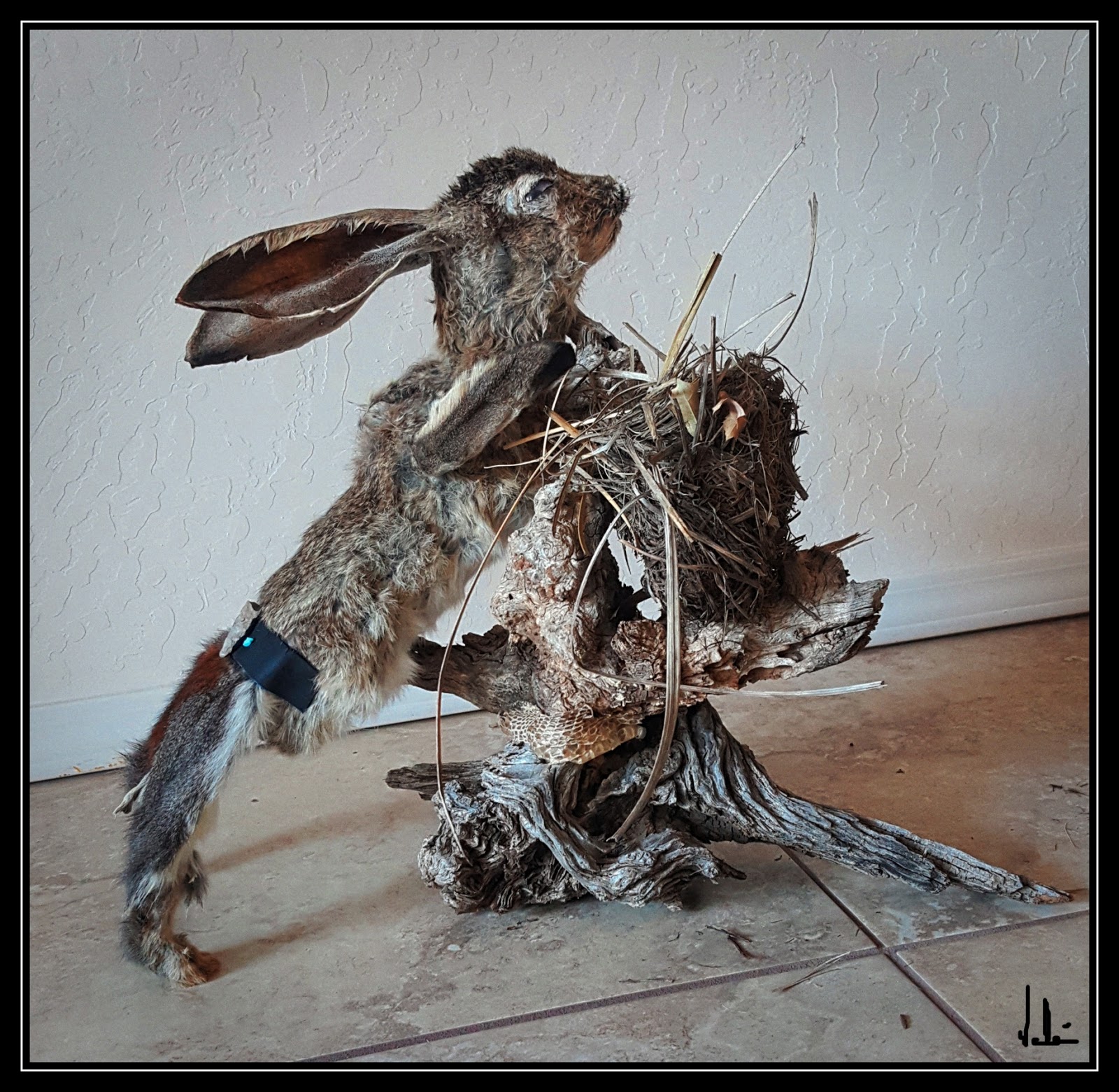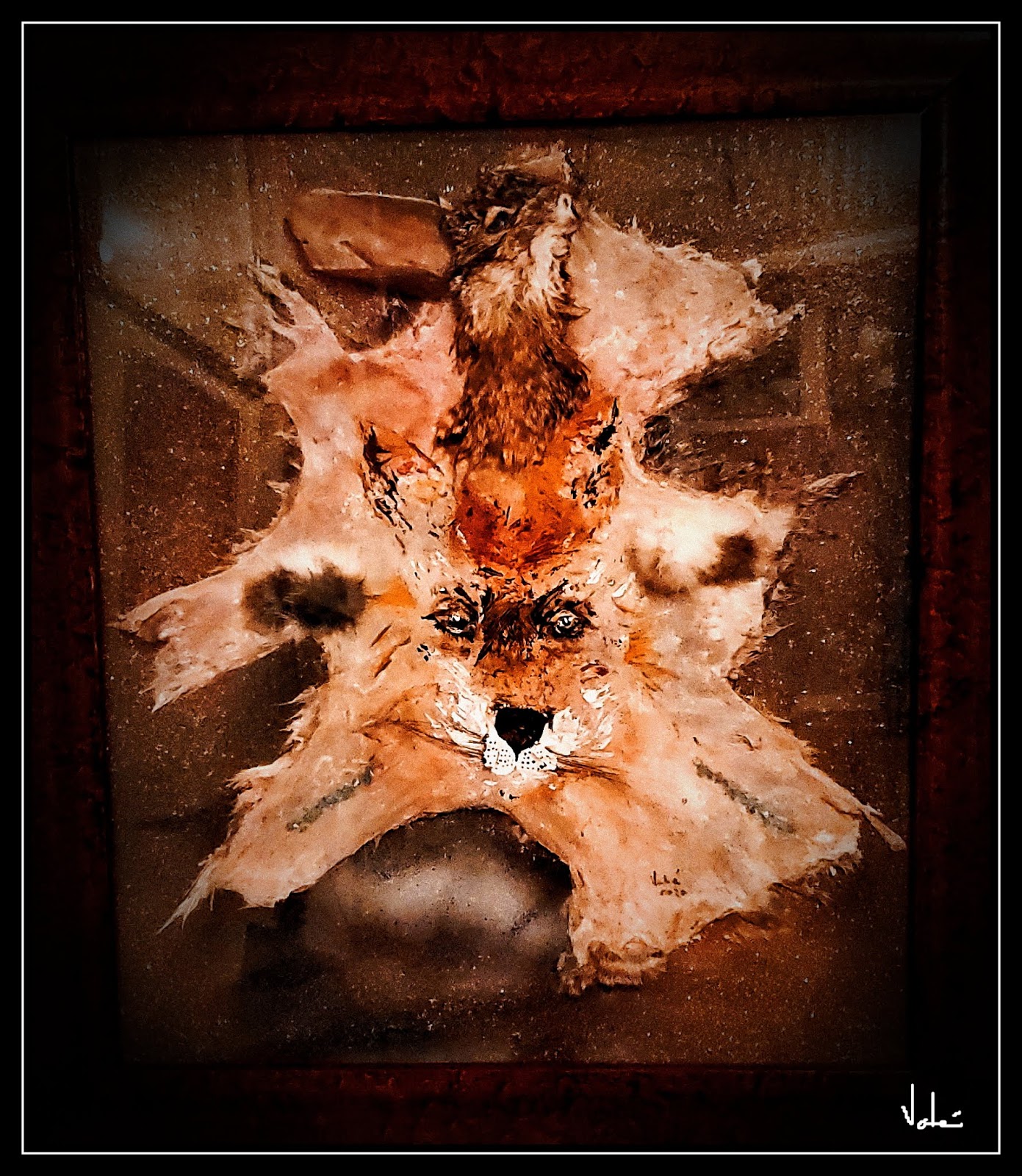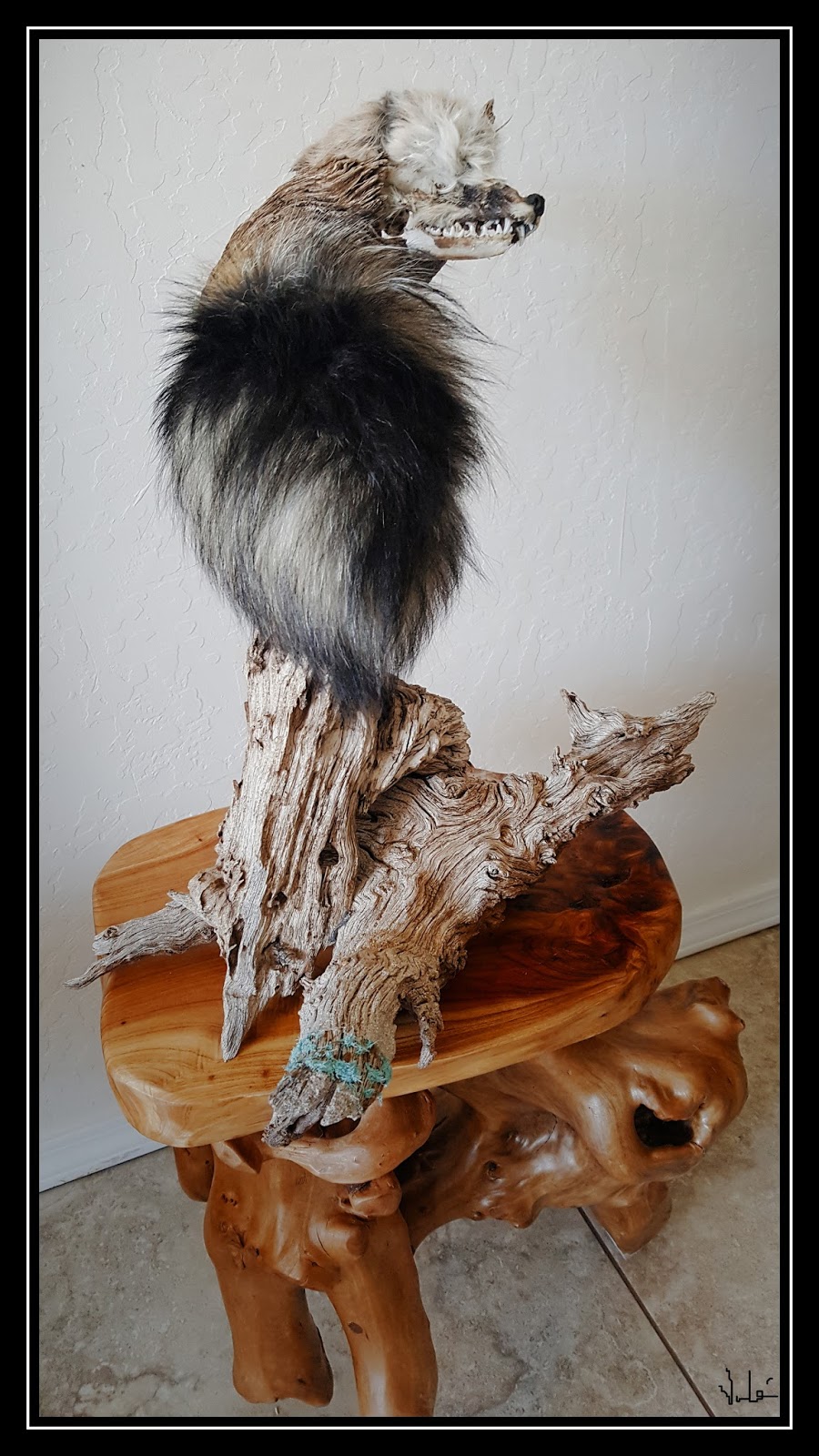Griffins (γρύφων) – Chimerical Creatures That Still Affect Our Lives
In a shoebox I inherited from my mother I found pictures of
my grandfather. In this B&W photo from the 1950s he is sitting at the
dining room table, in his pajamas, and looking out of the window.
Here is the photograph:
Behind him
are souvenirs collected from Eastern Europe and the Middle East, and one caught
my attention as I recalled seeing it when I was a child.
It is a replica of Greek pottery showing Zeus riding a
Griffin. I recall this because my grandfather told me that “Even Zeus cannot ride the mighty Griffin
like a horse. See, he is riding is sideways, in respect. Griffins protect him
like a hound.”
Somehow that line had stayed in a remote and obscure memory
folder of my brain and came out after more than 60 years when I saw that photo!
… There are thousands of chimerical creatures in Greek
mythology. All are a combination of
different animals and humans. All have a character of their own, but I think
none has had more universal appeal than a griffin. Indeed, a griffin has the
head of an eagle and the body of a lion – the combination of the king of the jungle and the king of the birds.
But the griffin has virtues unique in the world of mythology – it guards the riches
of its masters (historically protecting the kings’ gold from the one-eyed
Arismapians) but also showing the ultimate loyalty to others. Indeed, while Greek gods and mythological
creatures mated like sex was going out of fashion, griffins mated with one
partner for life. In part of that, both Christian and Muslim religions adopted
the griffin as a symbol of loyalty and virtue.
Consequently, griffins were often carved into cathedrals and
churches. My favorites are those atop the Notre Dame Cathedral in Paris that
has so much history attached to these creatures. Griffins were also stationed
at the entrance of paradise in Dante’s Divine Comedy. One of today’s most à la mode Muslim
poets, Rumi, mentioned griffins as symbols of Islamic virtue. Finally, these is
an 11th century bronze statue made in Al-Andalus (Southern Spain when it was
Muslim) called “Pisa Griffin”. It is a larger than life example of zoomorphic
bronze statues of medieval Islamic art and is now displayed at the Museo dell’Opera
Del Duomo, the Cathedral Museum of Pisa, Italy.
… Ok, so with this background and the memories stirred by my
grandfather’s photograph, I decided to create a zoomorphic figure of my own!
Here are the original materials—a cottontail rabbit body to
which I attached the lower extremity of a squirrel , hare hind legs, hare head,
hare ears, petrified wood I collect from the desert, and the shed skin of a
snake I found during my walks. The
additional piece of this puzzle is a birds nest fallen from a bush during high
winds.
I have a number of bird nests either that I found myself or
given to me by my neighbor who hopes that I will do something creative with
them… Some are very delicate:
while others seem like temporary shelters built with rough
materials and in a hurry:
So, I put the pieces together. Now I had a “hare-rabbit-squirrel”
guarding a nest.
Note the snake skin on the wood giving a sense of dangerous enclosure:
But the griffin guarded the riches, the gold in the North Rhipaean
Mountains.
What treasure will my new zoomorphic creature guard?
… And my hands were shaking as I put my grandfather’s 65
year old picture into that nest….
June 11, 2019
© Vahé A. Kazandjian, 2019










Comments
Post a Comment